Amateur Music Network’s Lolly Lewis spoke with SF Chamber Orchestra Music Director Benjamin Simon about AMN’S Third Annual Side by Side partnership with the SFCO: what drew him to this music and why he keeps coming back to working with amateurs.
Ben Simon has successfully made the transition to conductor following twenty-five years as a violist performing in several of the United States’ most elite ensembles, including the New York Philharmonic, the Los Angeles Philharmonic, the Naumburg award-winning New World String Quartet, and the Orpheus Chamber Orchestra. In 2002 he was appointed Music Director of the San Francisco Chamber Orchestra and has transformed that organization into one of the premiere professional ensembles in northern California.
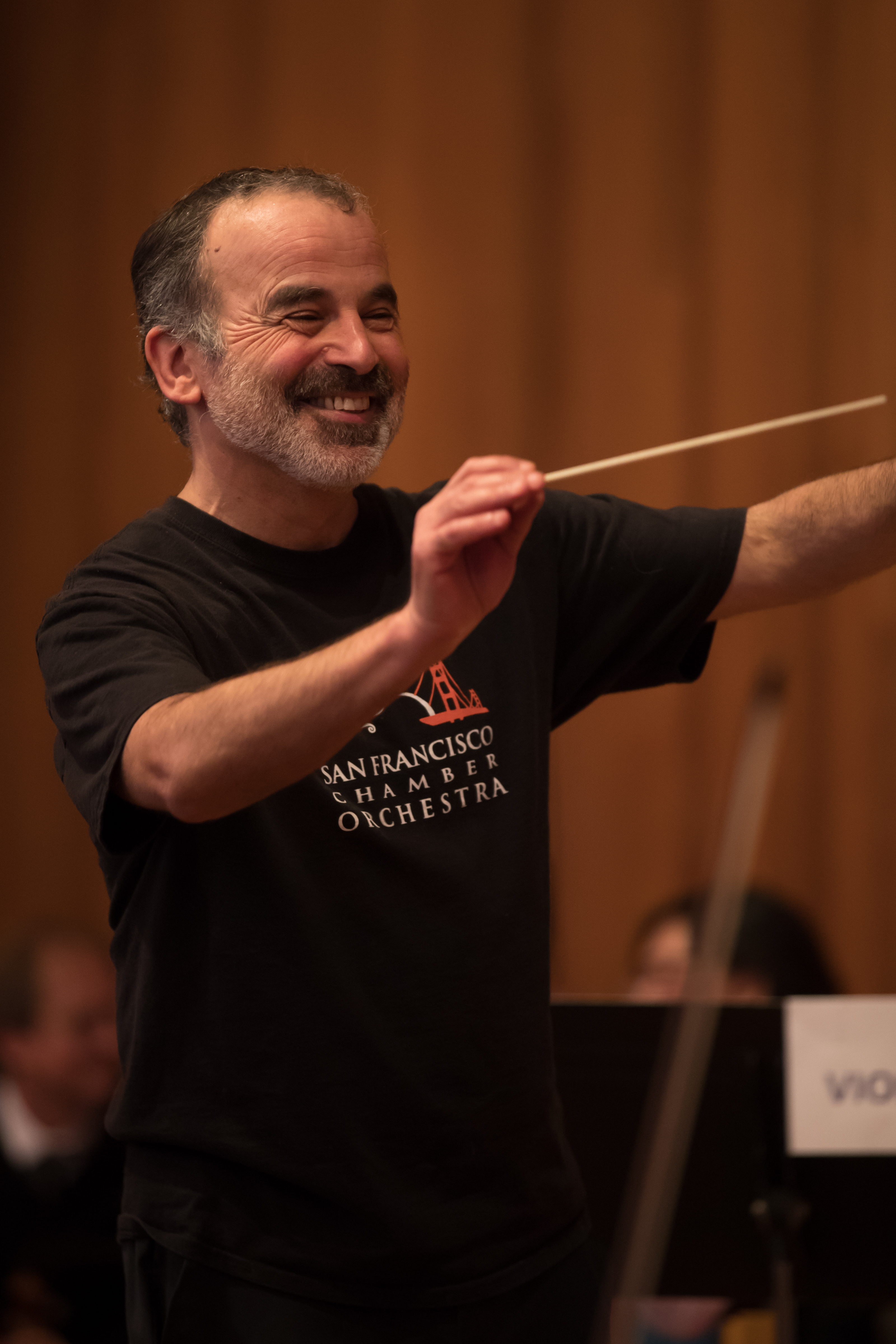
Ben leads the Side By Side in 2017
Lewis says, “Ben was one of the first people I thought of when I started Amateur Music Network. We had worked together many times over the years, and I loved how the SF Chamber Orchestra, with its free concerts, was all about making the highest-quality music and giving back to the community. I knew he would really understand what AMN was trying to do. And right away he suggested the Side by Side – bringing audience member string players right onto the stage after a concert for a reading with professional musicians as stand partners. We’re in our third year of the partnership now and each one is better. I’m really grateful for his visionary leadership. Plus, we always have such a great time!”
Amateur Music Network: Elgar’s music really seems like it comes from another world, and so does Piazzolla’s. What do you hear in these pieces?
Ben Simon: I agree, Elgar comes from a gentler time. There’s so much emotion and deep feeling, but there’s a civility and ease about the music that just warms my heart. And I think Piazzolla is the greatest South American composer of the 20th century. His music captures the spirit of time and place in the way all great music does. This just happens to be the bordellos and brothels of some dark waterfront street in Argentina. The danger, excitement, and sensuality of the Tango infuses his music with a life we can hear and experience today.
AMN: What do you hope people will experience playing in the Side By Side?
Simon: It’s so much fun for our professional musicians to relax a bit with a new friend and stand-partner. We hope that fun communicates throughout the group and that we all have a great time. Making music with other people is what it’s all about!
Learn more at our workshop!
Join Maestro Ben Simon and the SF Chamber Orchestra in a reading of Elgar’s Serenade and Piazzolla’s Libertango on Sunday, April 28, at 5pm at the First Congregational Church of Berkeley.
The Side By Side takes place right after the SFCO’s FREE Main Stage Concert: come listen to some splendid music and then come make music together!
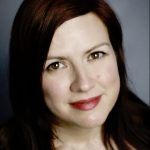

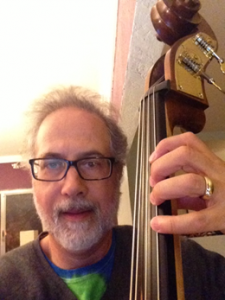
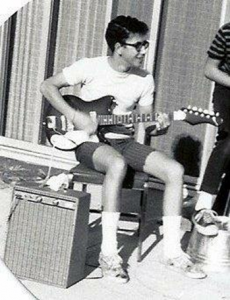
 I found my teacher through a sheet posted on a music store bulletin board with the little tear-off tabs. After a satisfactory first lesson, my new teacher and I went to A&G Music in Oakland to rent a bass. I took my lessons and improved, and after eight months of renting, A&G let me apply the entire amount I’d already spent towards my own Chinese made, hand-carved upright bass. (Photo: with my bass before a concert with the Castro Valley Orchestra, 2014)
I found my teacher through a sheet posted on a music store bulletin board with the little tear-off tabs. After a satisfactory first lesson, my new teacher and I went to A&G Music in Oakland to rent a bass. I took my lessons and improved, and after eight months of renting, A&G let me apply the entire amount I’d already spent towards my own Chinese made, hand-carved upright bass. (Photo: with my bass before a concert with the Castro Valley Orchestra, 2014)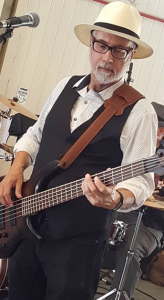 During that time, I also discovered chamber music workshops, including weekends with the Chamber Musicians of Northern California (CMNC) and the wonderful week-long sessions at Humboldt State University. The local workshops were great for improving my skills and meeting lots of like-minded players. The week-long sessions at Humboldt are a joy – summer camp for grownups! I attended in 2010 and 2012, and I’m going back this year for a third time.
During that time, I also discovered chamber music workshops, including weekends with the Chamber Musicians of Northern California (CMNC) and the wonderful week-long sessions at Humboldt State University. The local workshops were great for improving my skills and meeting lots of like-minded players. The week-long sessions at Humboldt are a joy – summer camp for grownups! I attended in 2010 and 2012, and I’m going back this year for a third time.